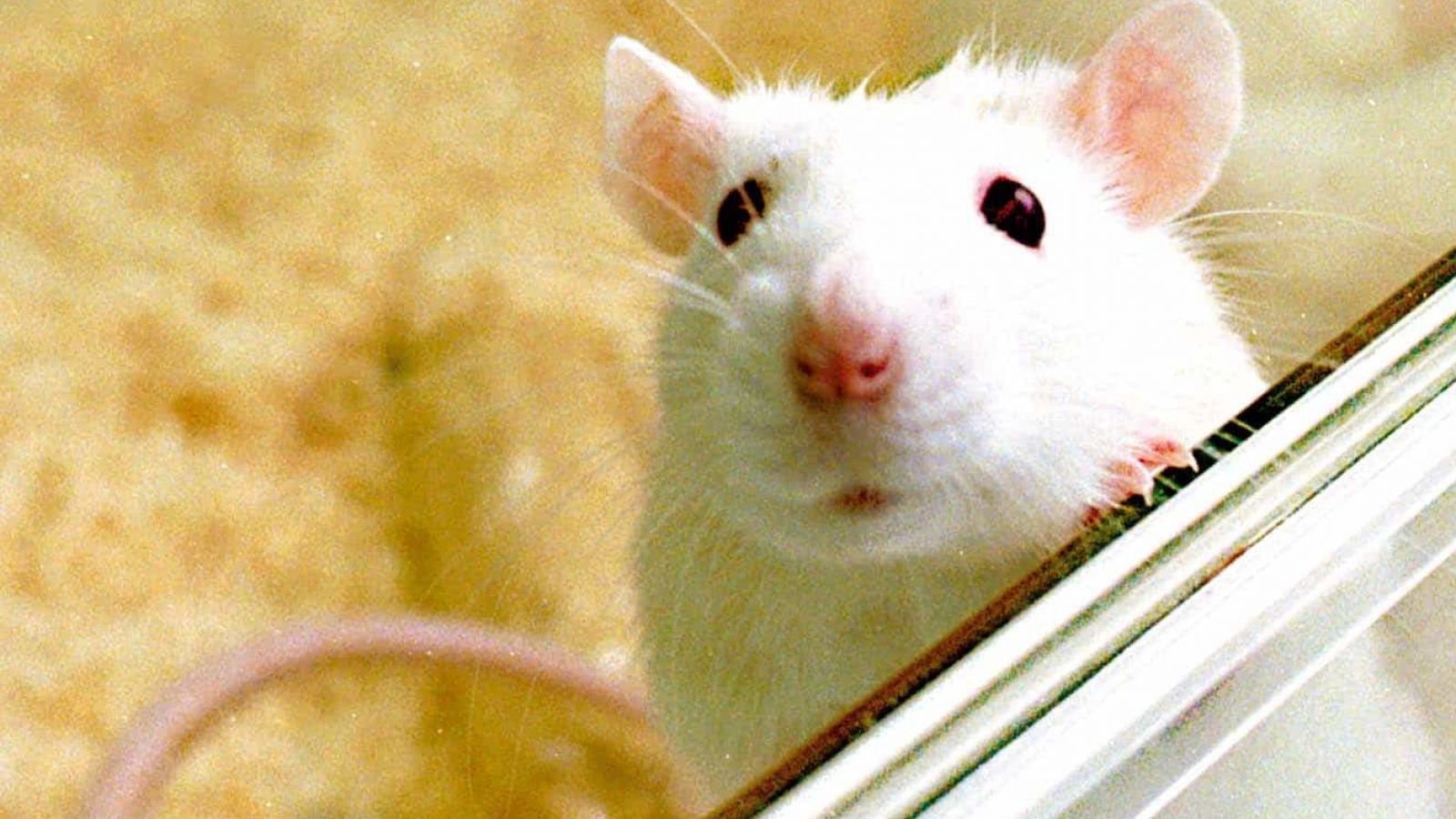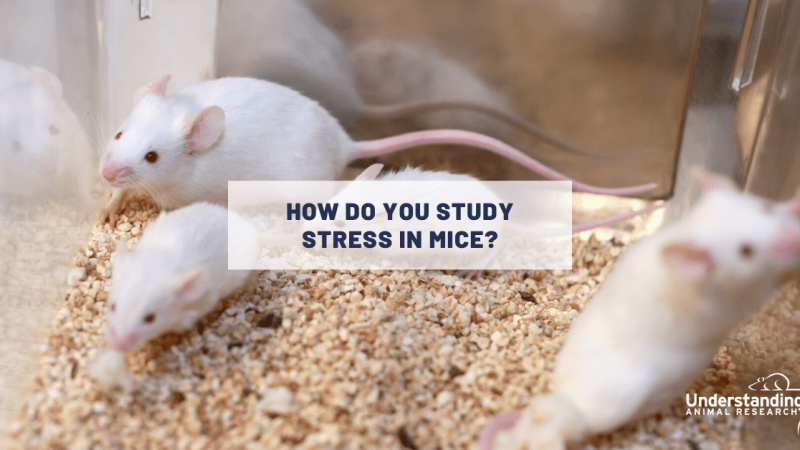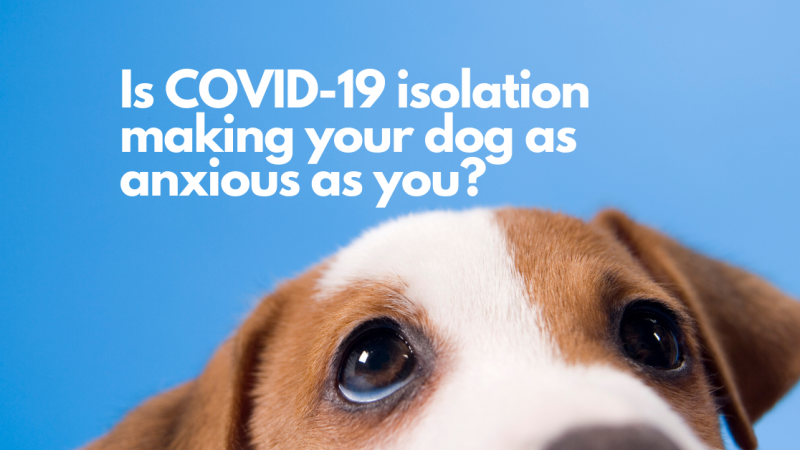Stress, physiological or biological, is an organism's response to a stressor such as an environmental condition. It is the body's method of reacting to a condition such as a threat, challenge or physical and psychological barrier. It is known to play an important role in many diseases suggesting that both acute and chronic stress can cause illness leading to changes in behaviour and physiology. In this context, Professor Emma Robinson from the University of Bristol is interested in stress as a major risk factor in depression. Her works involved about 90% animal work and 10% human research.
One of the most technical part of the work is actually defining stress in an animal. “It is a really difficult thing to do. When you talk to people, you ask them if they feel stress and they answer. You can ask them to define what that feels like. It is all subjective. For animals it is important to find an objective measure. We can’t ask them how they feel. We have to rely on behavioural endpoints to study the effects of stress related to mood disorders,” Explains Emma. “When you do stress research you need to think about two elements: how do I induce stress, how do I measure the consequences of it?”
There are lots of different ways to induce stress in an animal, which all have their advantages and disadvantages. The more traditional approach to study stress in an animal has been to expose them to a stressor, something that you know will be stressful. This could be putting them into an environment from which they can’t escape, holding them gently by their tails or isolating the animals. It is also possible to induce a metabolic physiological stress by using the stress hormone or expose animals to chronic treatments with corticosteroids in their drinking water. This last technique is quite a refined way to induce stress. The drug puts the animals in a negative state but there is no psychosocial or social stress involved. Isolation or restraint is one of the easiest ways to stress an animal – something that people often do to their pets without thinking about it. And it turns out, rats and mice really find that quite stressful. So just putting them in a small box for 10 mins, is enough to be a stressful experience.
However, Emma Robinson and her team have developed quite a different strategy to induce stress in animals in a milder way.
“We looked at how we objectively measure the consequences of depression in people and found that people who have been exposed to chronic stress and have depression, have also got changes in cognition. They see the world in a more negative way. We developed a rodent model that mimics this feature and we don’t have to use anywhere near the levels of stress that have been used previously” she explains.
The researchers use rats as model organisms to study human psychiatric disorders as they have complex social interaction as well as more sophisticated cognition than mice. They ask rats to undertake cognitive tests and then probe how stress and changes in effective state influence their cognition.
“A lot of the tests are engaging and actually involve responding for reward. The stressors we use are quite mild. The technique is more refined so we don’t have to expose the animals to such aversive cognitive stimuli. People with depression have a sort of chronic mild stress, it is not usually one big traumatic event that triggers depression it is more likely accumulative. That is what we are trying to measure.”
“It is quite hard in animals to know to what extent they are experiencing any psychological suffering. But we can totally see when it starts to have impacts on things like their body weight, their general condition, or their interaction with us. And we don’t see anything with our rats. I mean, if you’d see our rats that have been exposed to stress, I don’t think anybody would be able to tell the difference with those that hadn’t. They don’t look any different. They don’t behave differently. You open the cage lid and they come up to the front to be taken out. We work very carefully to keep our stressors very mild. Our methods are a lot better in terms of accumulative suffering to the animals.”
When exposing the rats to a stressful situation, it is then possible to observe the consequences of that stress on behaviour and physiology. In the context of depression is possible to visualise the effect on the brain and how drugs can change that. The newer generation of antidepressants were developed this way. “These assays produced the drugs we all know today for the treatment of depression.”
Depression is a debilitating conditions in humans, the most important cause of disability in our modern society.
“We want to understand better ways to treat the condition and I absolutely believe that you can’t do that unless you study whole living systems. Unfortunately, the study of psychiatric disorders in humans has its limitations. Patients don’t tend to die from their disease, they tend to live a very long time with it and they are complicated to study. Animal models are therefore essential,” concludes Emma Robinson.
Last edited: 14 April 2022 11:51




